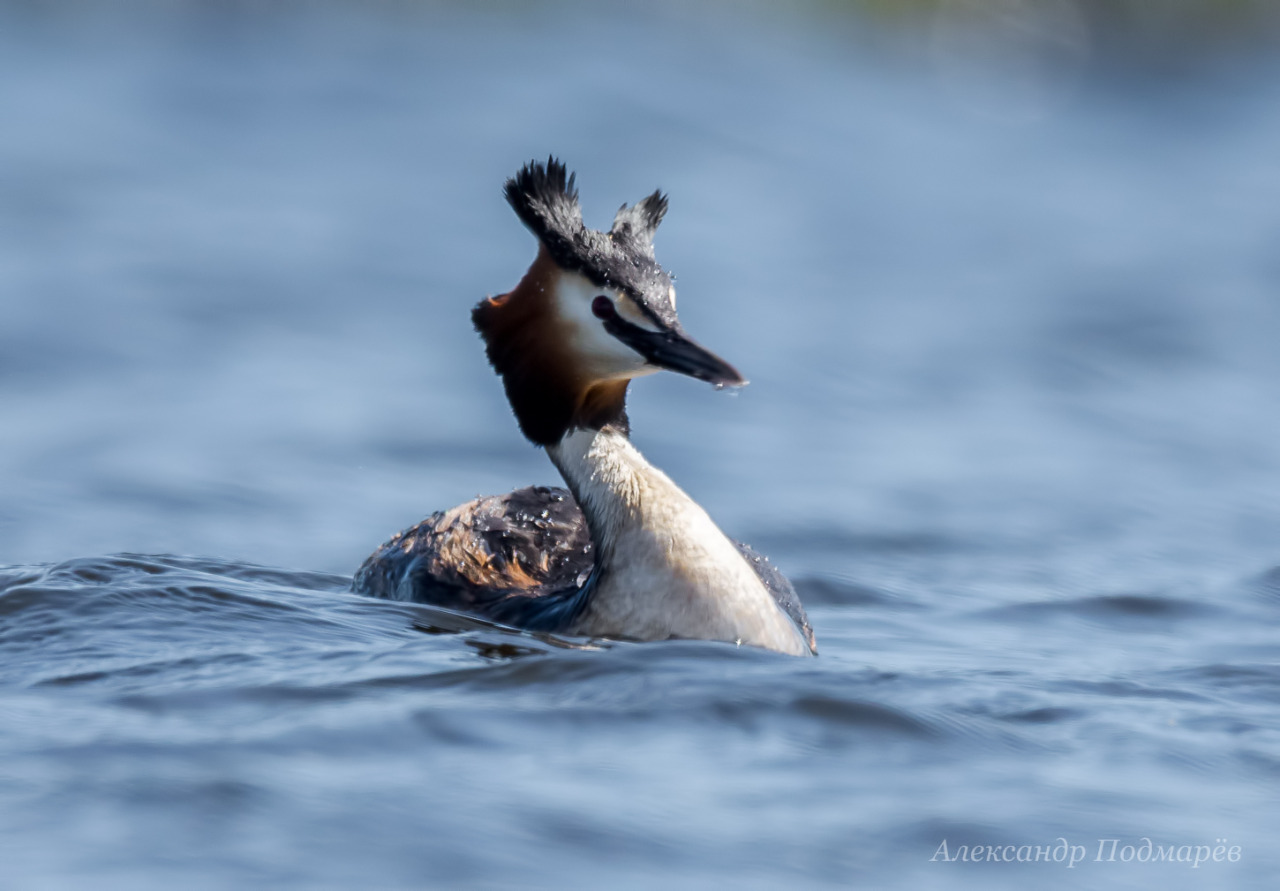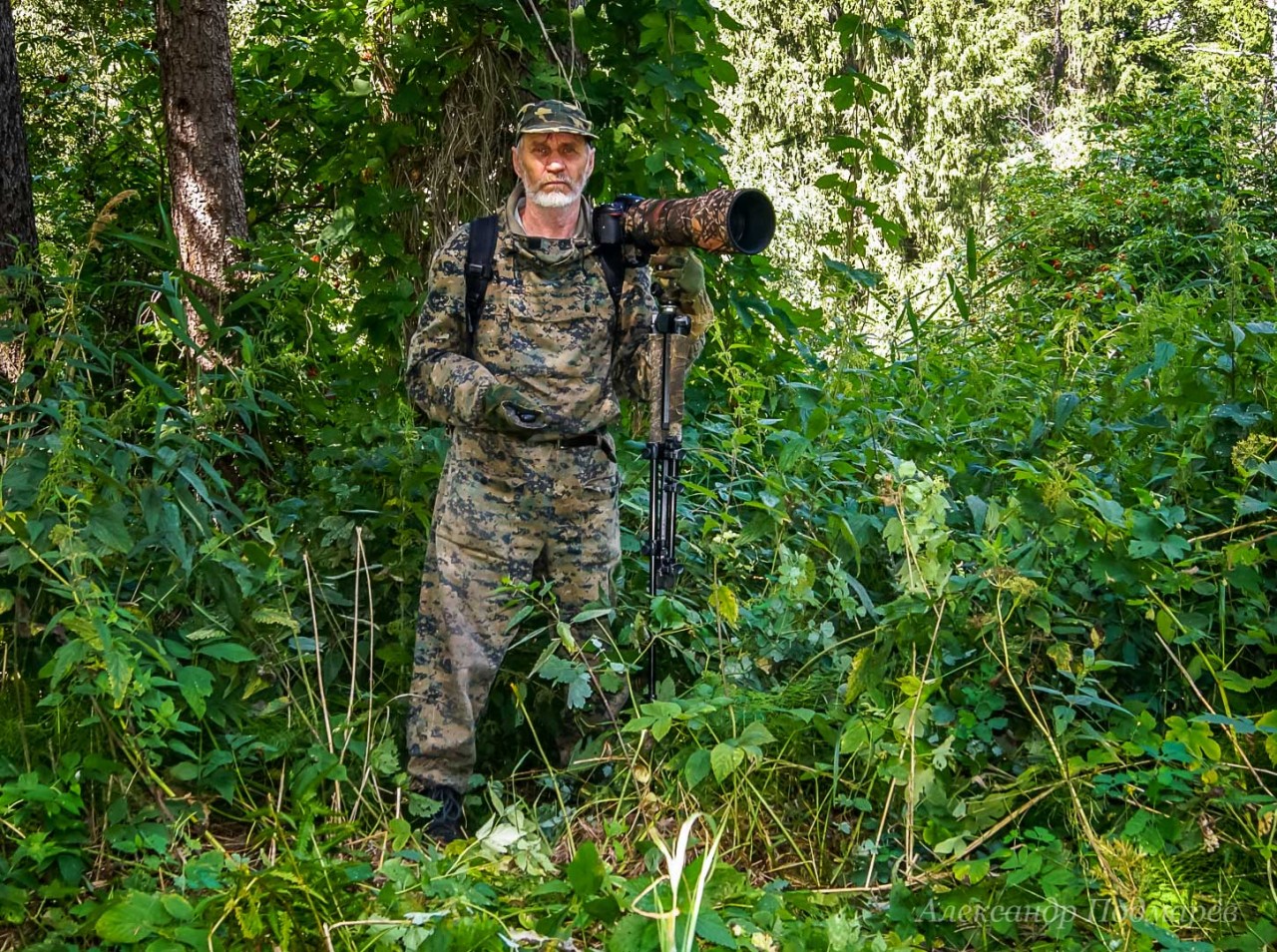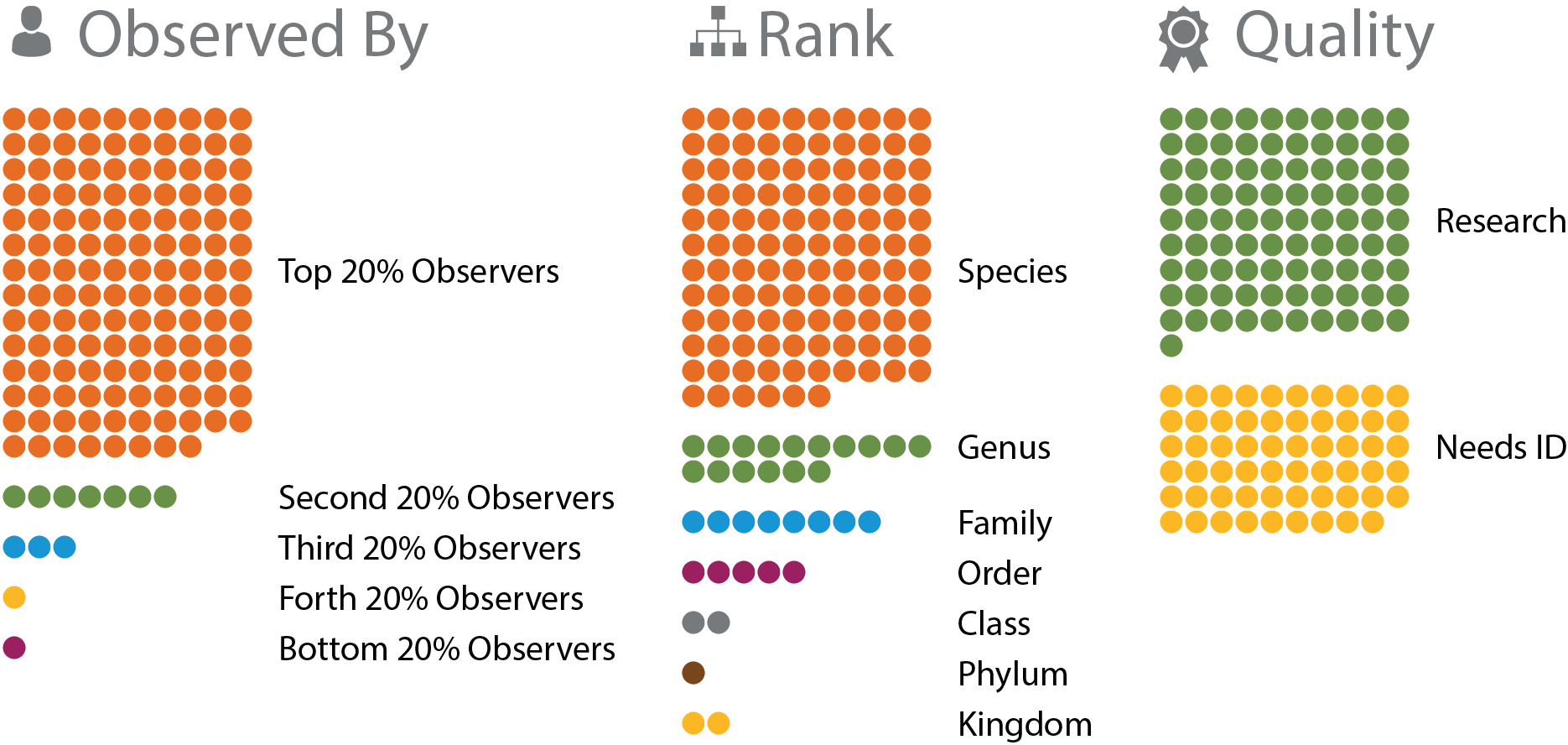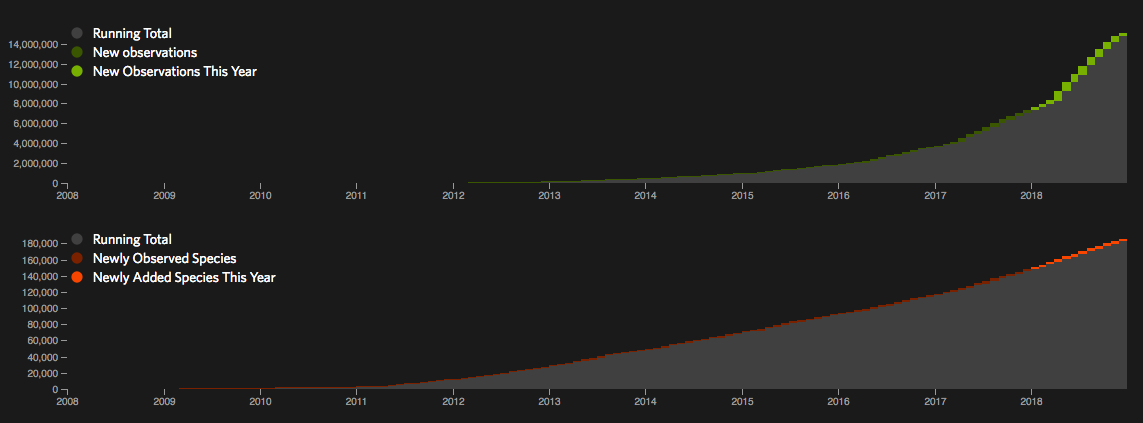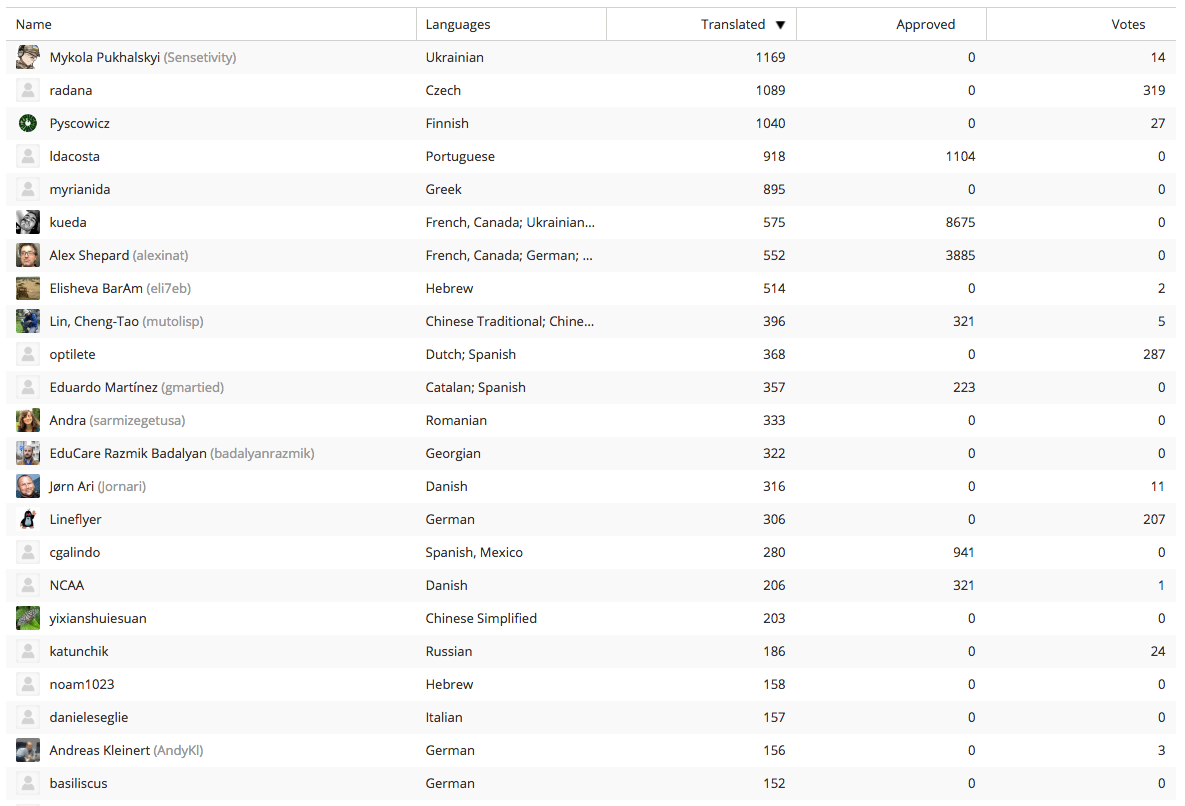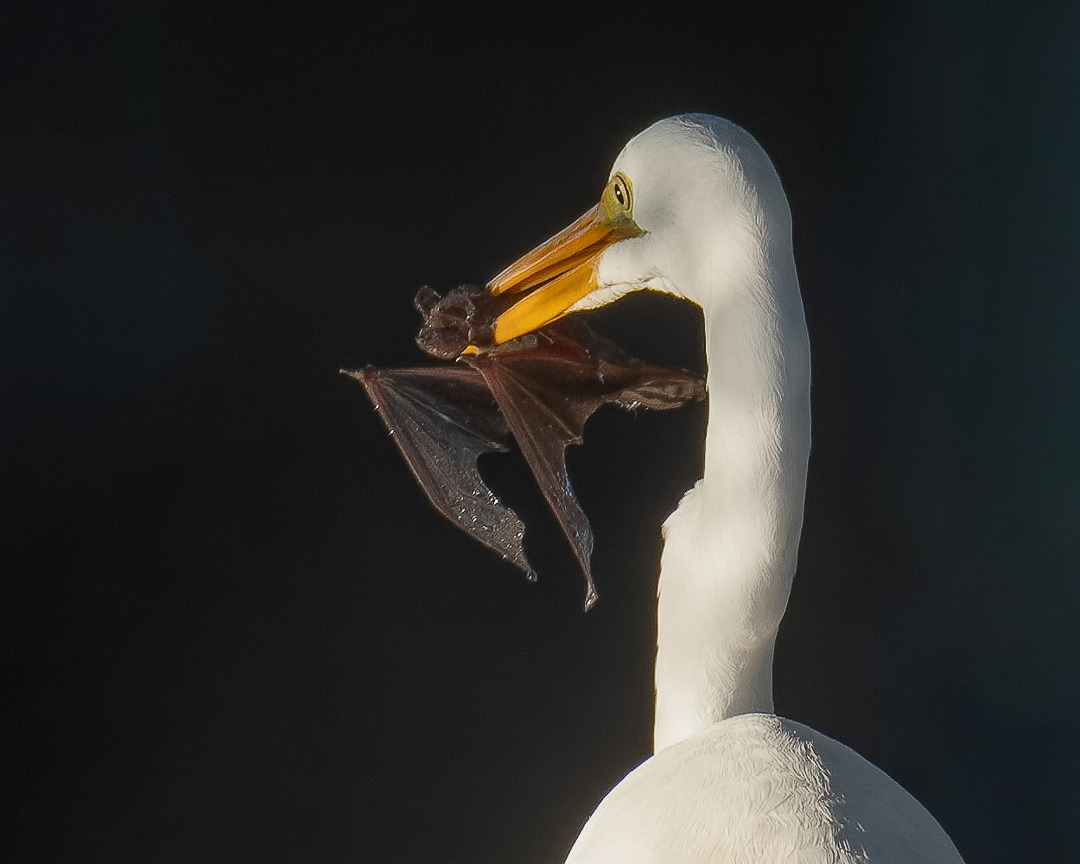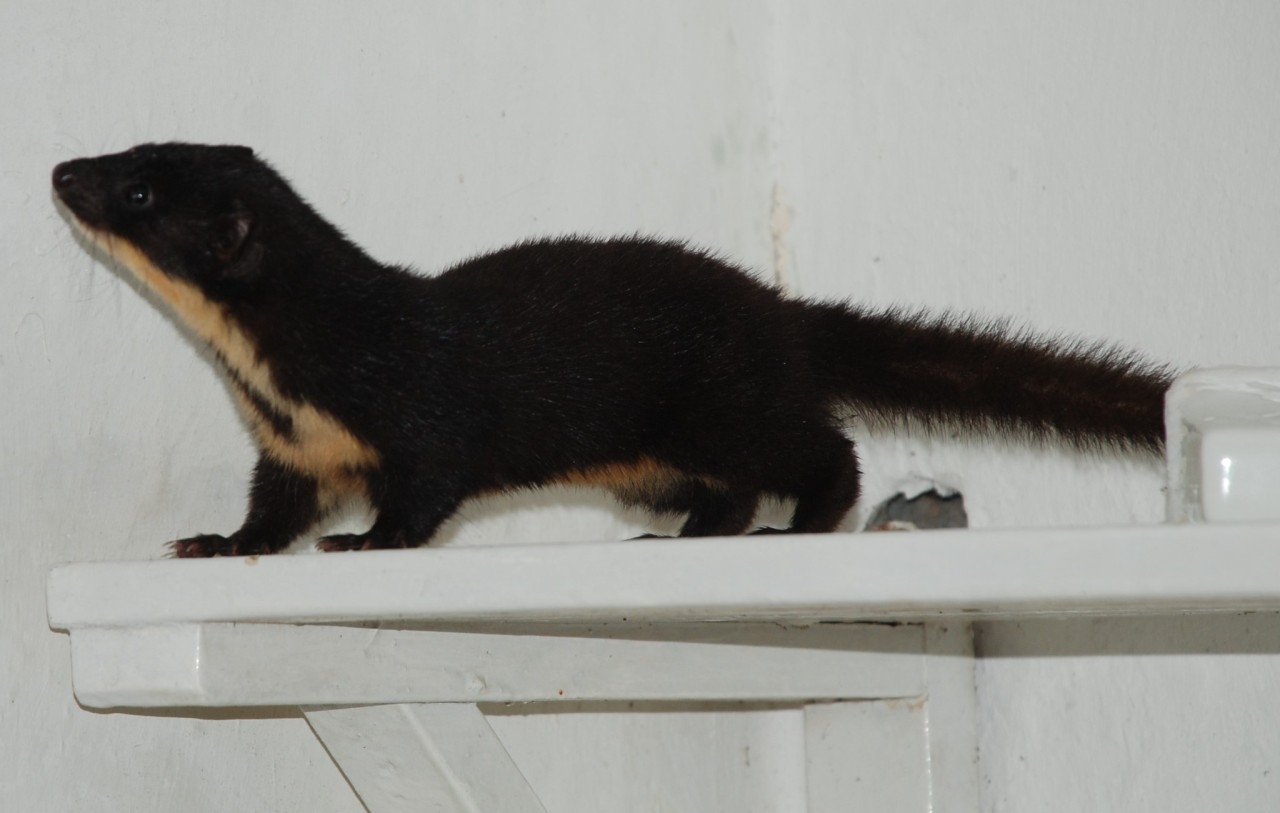
Our Observation of the Week is this Colombian weasel, seen in Colombia by @sultana!
Juan de Roux, an architect/designer and a professor in the Pontifical Xaverian University in Colombia, tells me that his primary natural history interest is snails (“There are over 100,000 species of mollusks, so I never get bored or get to know the whole thing; there is always something new to find and blow my mind.”) but like many other Observation of the Week posts, the observation which was chosen is not of the observer’s favorite taxon. However, that doesn’t mean he has no history with weasels.
When I was still a kid (13), my parents moved to a huge house in northern Cali, where I could spend most of my free time in the yard, exploring, as kids do...One summer day in the mid 90s I saw something amazing: the silhouette of what to me seemed like a tiny squirrel crossed the yard at a speed that was just off for a squirrel. During the next days I had a couple more encounters with the strange animal, one of them was very close. At the time I was able to determine this had to be some sort of ferret or weasel, however I could not take pictures or find anything about mustelids in my area (those were dark times without the internet) I hoped that someday I would be able to corner this animal again and picture it. But the years passed empty, but I held that memory. Now that I think about it, the animal I saw must have been the common Mustela frenata.
Flash forward to 2011 and Juan is at his parent’s country house in the mountains outside of Cali which was being remodeled at the time. The door to one of the bathrooms opens out into the backyard and, when he opened it, he found an animal trapped inside.
Recalling my childhood events regarding weasels, I rushed for my camera upstairs. I then stood under the threshold and took a good 14 pics, with my Nikon D80, as the little animal moved frantically all over the bathroom, looking for a way out that allowed him to avoid me. I recall a weird scent, I knew at the time that mustelids have odor glands, so I was not surprised, it was something like urine and insects. When I was done with the shots I left the door opened, I did not get any nearer, as it is best to exercise precaution with wild mammals.
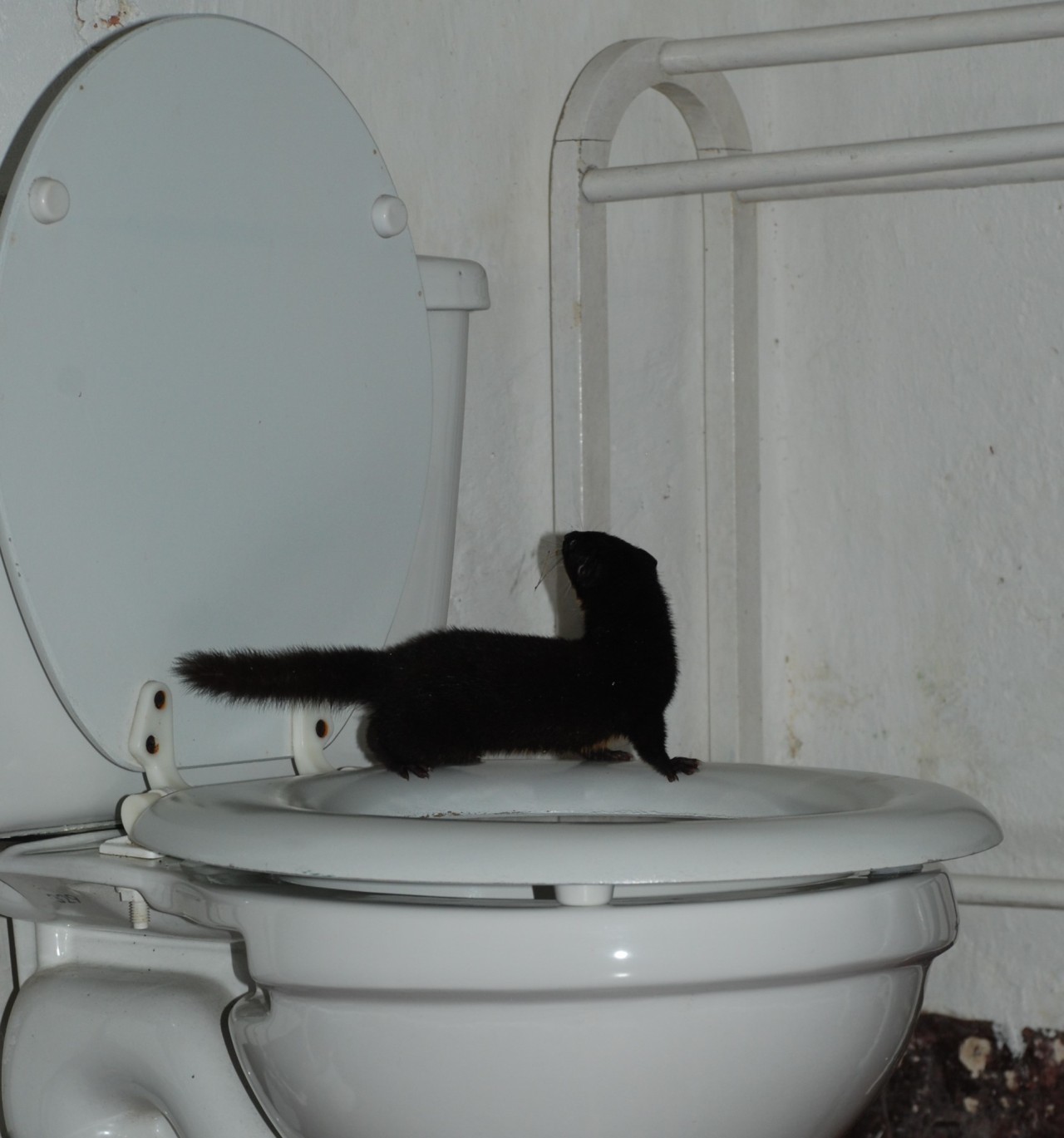
Without giving it much more thought, Juan stored the photos on his computer and, for the most part, forgot about them; his computer has actually since died and its drive was wiped - “thank God my mom had saved the pics on her disc.” He rediscovered the photos a few weeks ago and, now an iNat user, said
[I] felt glad I could finally do something useful with them; I uploaded them into iNaturalist, as M. frenata at first, because - I confess - I know almost nothing about weasels. Something did not feel right with the ID, though. After a day, I decided to take a second look and found this very interesting paper...At first I was a bit skeptical, reading that this is a rare species. But could see in the holotype´s pelt a black oval spot in the ventral part that simply made this species unmistakable, so I corrected my id in iNat, and then the observation started getting starred.
To give you an idea of how rare Colombian weasels are, as of 2014, when that paper was published, there were no known photographs of a living one, so Juan’s nearly lost and forgotten photos are possibly among the first ever photo documents of a living individual of this species! “I still cannot believe I was lucky to see this animal and take these pics,” he says. “Needless to say, I never saw one of these again. But at least I can gladly assure that this area has remained basically unaltered for the past decade, so it has to be out there. Perhaps this animal is not so rare, but the lack of knowledge about it, combined with its secretive nature contribute to its rarity.”
Understandably, not much is known about the Colombian weasel, but it is believed to inhabit riparian areas and feed on fish and aquatic invertebrates and even has webbed feet! It is considered to be possibly the rarest South American carnivore, and is one of the smallest members of the order Carnivora, measuring 22 cm (8.7 in) in length, sans tail. And yes, weasels do produce a strong, musky odor from their anal scent glands when scared.

Juan (pictured above) was looking for local snail data when he first learned about iNatuarlist from a friend of his. “I looked it up in hopes of finding my beloved gastropods and found myself mesmerized,” he recalls. “Not by the mollusk observations in my country (modest at best), but by the concept that anyone with a camera (even with virtually no knowledge) could contribute to build precise distribution maps for all sorts of creatures.
For the last 2 decades I had been accumulating pictures of my own observations. I had an entire folder. “Perhaps someday I can make a field guide with all this stuff,” I used to think. This was really a side project, as the amount of field work required would have been impossible to do in a single lifetime, also because the trends in nature are dynamic, and the natural environment is changing very fast (alas unfortunately for the worse) so it is definitely not a one-man task.
Thanks to iNat I have access to a collaborative network of observers, which allows my observations to be part of something big, and have a real impact. The best part is that anyone can use this potent tool without needing to have a degree in biology, which allows everybody, no matter their background, to contribute to future research.
I always travel with my cellphone, provided with a camera and my iNat app. You never know what you might be lucky enough find.
- by Tony Iwane. Some quotes have been lightly altered for clarity. Thank you to @jwidness for alerting me to this observation!
- Juan sent me this aerial footage of the forests near where the weasel was found.
- Héctor E. Ramírez-Chaves, co-author of the Colombia weasel paper Juan found, has been in touch with Juan and will work on disseminating this find.
- iNaturalist has a network node in Colombia, Naturalista, which is operated by Instituto Humboldt.
